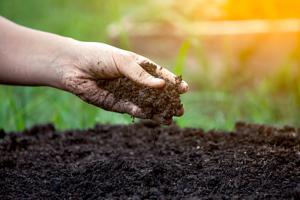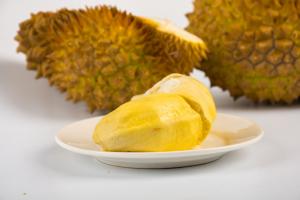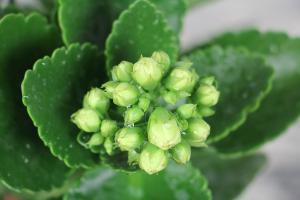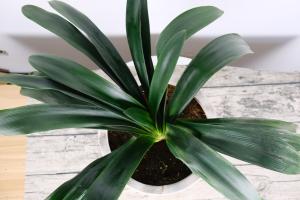Introduction
Water bottles are ubiquitous in our daily lives, as they are widely used by people around the world. However, an important question arises: what happens to these water bottles after they are thrown away? Are they recycled at garbage plants? This article delves into the recycling process of water bottles at garbage plants, detailing the steps involved in the process.
First Step: Collection and Sorting
The first step in recycling water bottles at garbage plants is the collection and sorting of the bottles. This refers to the process of gathering the bottles from various sources, such as households, offices, and public places, and sorting them based on their composition. At garbage plants, dedicated teams are responsible for managing the collection and sorting process, using specialized equipment to sort materials by type to ensure that only appropriate materials are recycled.
Second Step: Cleaning and Flaking
Once the bottles are collected and sorted, they are cleaned thoroughly to remove any contaminants. The cleaning process involves the use of various techniques, such as washing, scrubbing, and rinsing, to ensure that the bottles are free from impurities. After cleaning, the bottles are cut into small pieces or flakes using specialized shredders. This creates a product that is easier to handle and process.
Third Step: Melting and Reformation
After cleaning and flaking, the plastic flakes are melted down to form pellets that can be used to create new products. This process involves heating the flakes in a furnace until they melt completely. Once melted, the plastic is passed through extruders that shape the material into pellets. These pellets are then sorted based on their quality and sent off to manufacturing plants to create new products.
Fourth Step: Repurposing of Recycled Plastic Products
The final step in the recycling process involves repurposing the plastic pellets into a new product. This is typically accomplished by manufacturing companies that specialize in creating products from recycled materials, such as water bottles, bags, and other products. By repurposing recycled plastic, manufacturers reduce the need for virgin plastic, thereby reducing the amount of waste in landfills and decreasing the environmental impact of producing new plastic products.
Conclusion
In conclusion, water bottles can be recycled at garbage plants using a series of carefully coordinated steps. From collection and sorting to cleaning and flaking, melting and reformation, and repurposing into new products, the recycling process plays an important role in reducing the amount of waste generated by discarded water bottles. As individuals, we can contribute to this process by properly disposing of our water bottles in recycling bins, which helps ensure that they are diverted to garbage plants for repurposing into new products.

 how many times do yo...
how many times do yo... how many planted tre...
how many planted tre... how many pine trees ...
how many pine trees ... how many pecan trees...
how many pecan trees... how many plants comp...
how many plants comp... how many plants can ...
how many plants can ... how many plants and ...
how many plants and ... how many pepper plan...
how many pepper plan...































